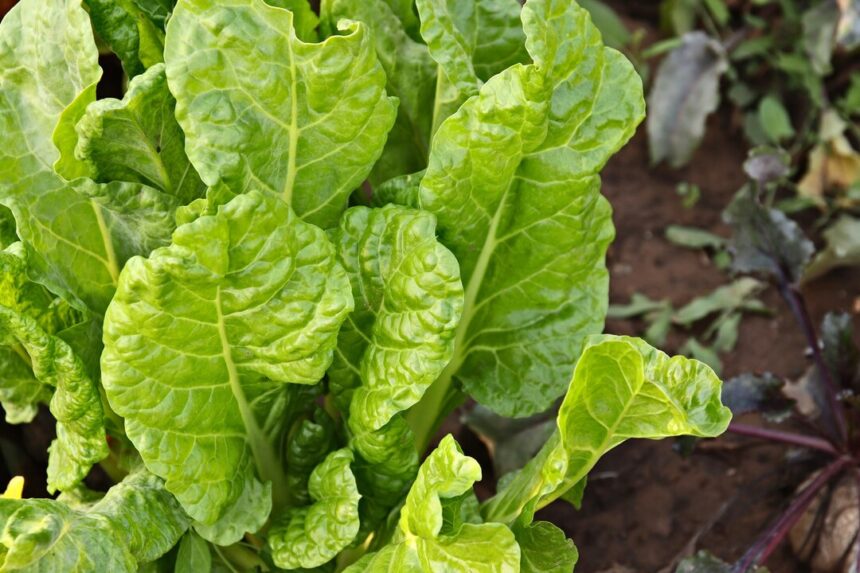Spinach is a popular leafy green vegetable that is packed with essential nutrients, making it a valuable addition to any diet. In South Africa, spinach is grown in various regions and climates, but achieving high-quality yields requires careful attention to cultivation techniques and practices. To optimize the growth, quality, and yield of spinach crops in South Africa, farmers can employ several techniques tailored to the local conditions and challenges. Here are some effective strategies for enhancing the quality and yield of spinach in South Africa:
1. Soil Preparation:
Before planting spinach, it’s crucial to prepare the soil properly to create an optimal growing environment. Conduct soil tests to determine nutrient levels and pH, and amend the soil as needed with organic matter, compost, and fertilizers to provide essential nutrients and improve soil structure.
2. Variety Selection:
Choose spinach varieties that are well-suited to the local climate and growing conditions in South Africa. Select varieties known for their disease resistance, tolerance to heat or cold, and ability to produce high yields of quality leaves.
3. Planting Schedule:
Timing is critical when planting spinach to optimize growth and yield. In South Africa, spinach can be grown year-round in most regions, but planting schedules may vary depending on factors such as temperature, rainfall, and daylight hours. Plant spinach seeds or seedlings at the appropriate time for your specific region and climate to avoid stress and ensure optimal growth.
4. Proper Spacing and Planting Density:
Ensure proper spacing and planting density to maximize yield and prevent overcrowding, which can lead to competition for resources and reduced airflow, increasing the risk of disease and pest infestations. Follow spacing recommendations for the selected spinach variety and avoid planting too densely.
5. Irrigation Management:
Provide consistent and adequate irrigation to spinach crops to ensure optimal growth and development. Monitor soil moisture levels regularly and adjust irrigation schedules as needed based on weather conditions, soil type, and crop stage. Avoid overwatering, as excessive moisture can increase the risk of diseases such as root rot and fungal infections.
6. Mulching:
Apply organic mulch such as straw, hay, or grass clippings to the soil surface around spinach plants to conserve moisture, suppress weed growth, and maintain more uniform soil temperatures. Mulching also helps improve soil structure and fertility over time as it decomposes.
7. Fertilization:
Implement a balanced fertilization program to provide spinach crops with essential nutrients throughout the growing season. Use organic or synthetic fertilizers as needed based on soil test results and crop nutrient requirements. Pay attention to nitrogen, phosphorus, and potassium levels, as well as micronutrients such as iron and magnesium, which are essential for spinach growth and quality.
8. Pest and Disease Management:
Monitor spinach crops regularly for signs of pests such as aphids, thrips, and leaf miners, as well as common diseases like downy mildew and powdery mildew. Implement integrated pest management (IPM) strategies, including cultural, biological, and chemical control methods, to minimize pest and disease damage and maintain crop health.
9. Harvesting Techniques:
Harvest spinach leaves at the appropriate stage of maturity to ensure optimal quality and flavor. Begin harvesting when the leaves are large enough to eat but before they become tough or start to bolt. Use sharp scissors or knives to cut spinach leaves at the base of the plant, taking care not to damage the remaining foliage.
10. Post-Harvest Handling:
Handle harvested spinach with care to maintain quality and prolong shelf life. Keep spinach leaves cool and dry to prevent wilting and decay, and store them in perforated plastic bags or containers in the refrigerator. Proper post-harvest handling practices can help preserve the freshness, flavor, and nutritional value of spinach for longer periods.
By implementing these techniques for enhancing quality and yield, farmers in South Africa can optimize the production of spinach crops and ensure a steady supply of nutritious and high-quality leafy greens for local markets and consumers. By paying attention to soil preparation, variety selection, planting schedules, irrigation management, pest and disease control, and harvesting and post-harvest handling practices, farmers can maximize the productivity and profitability of spinach cultivation while promoting sustainable agriculture and food security in South Africa.
Join 'Farmers Mag' WhatsApp Channel
Get the latest Farming news and tips delivered straight to your WhatsApp
CLICK HERE TO JOIN






